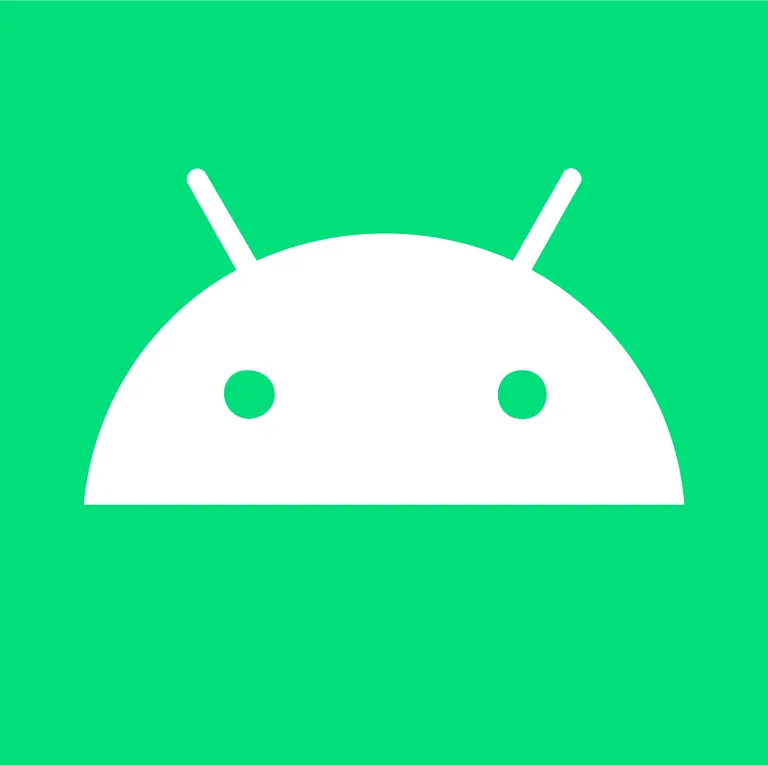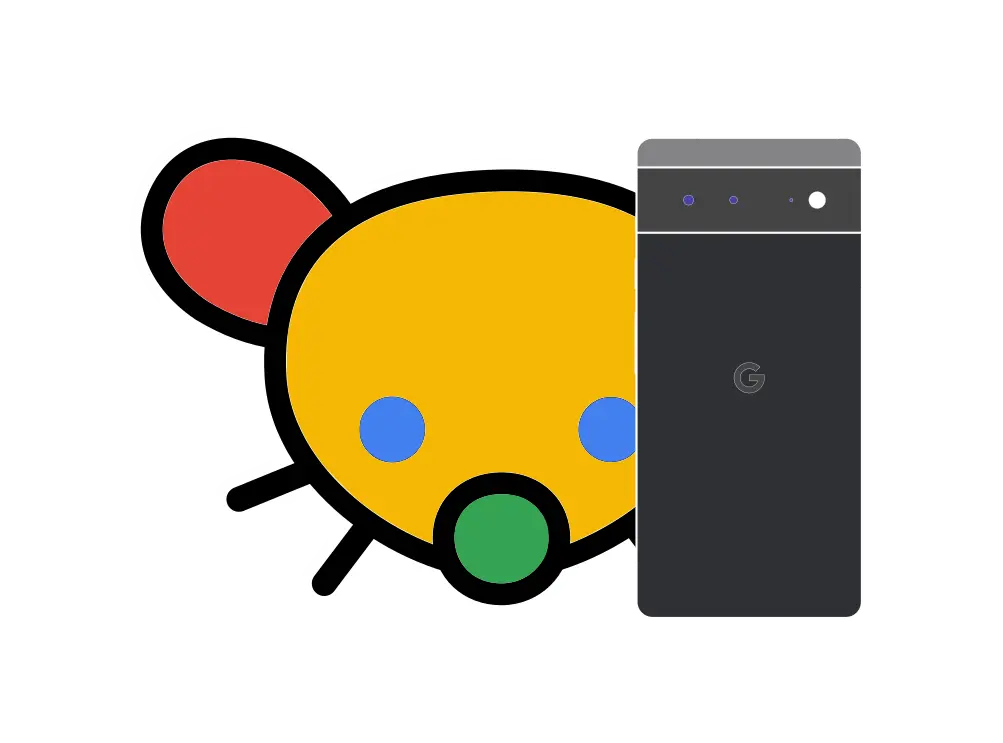

I am currently using the Fossil Gen 6 Hybrids and I love them! They are currently working fine, and I would like to have the new Pebble in the future. However, I don’t like the square design - I would much rather have something like Pebble Time Round 2.









In Czechia, you need to legally be an entrepreneur/bussines to get the free Makro membership to shop there.